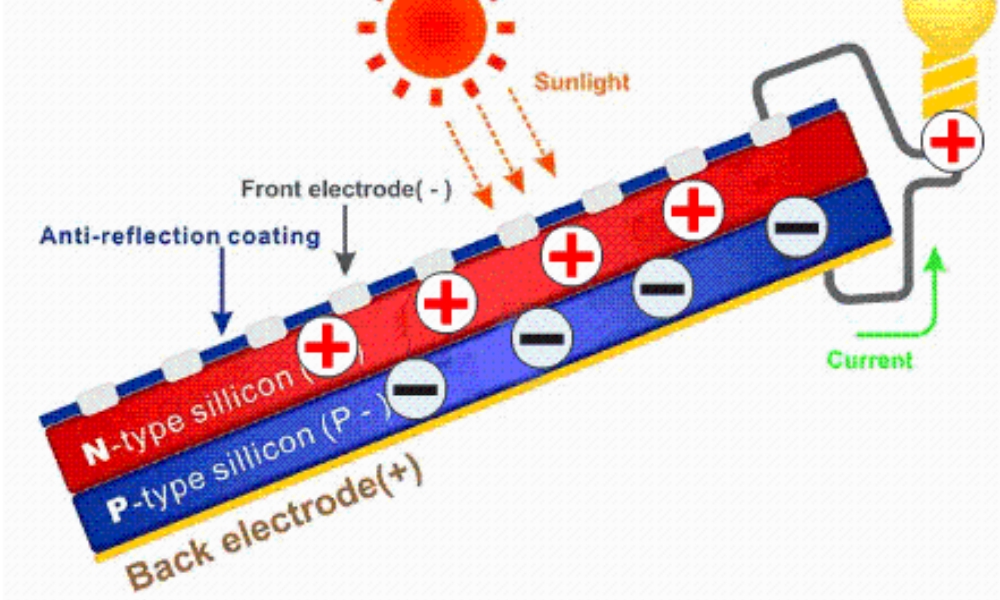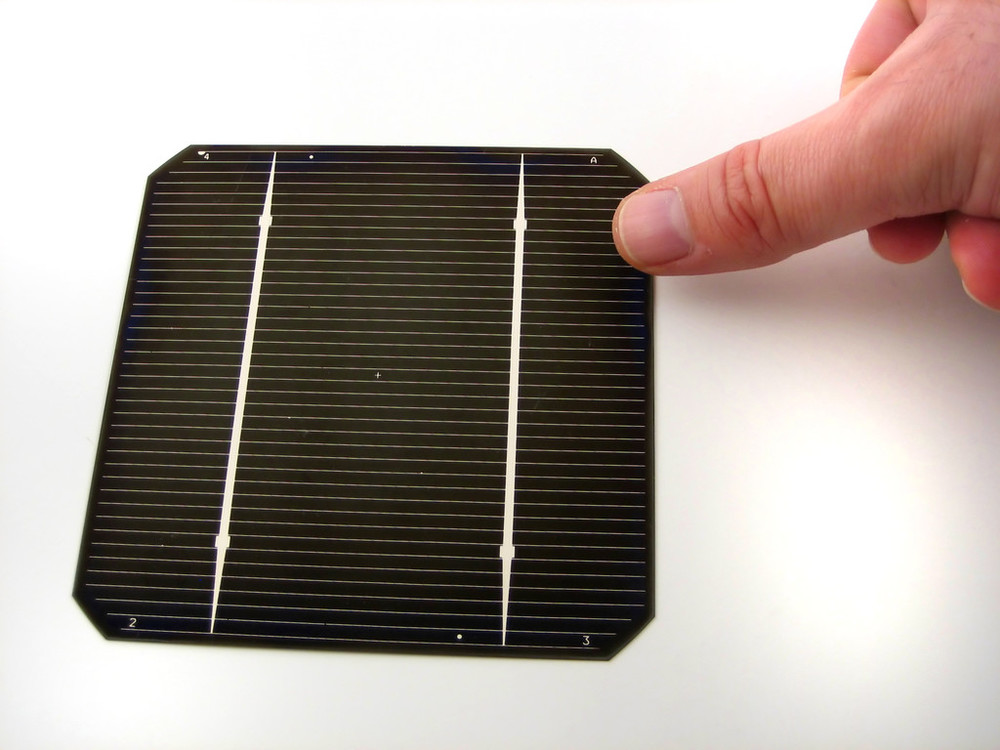Home > > Photovoltaic integration is a
Photovoltaic integration is a
 5/9/2023 12:54:05 PM
5/9/2023 12:54:05 PM FNEPower
FNEPower 2544
2544
Integration has become the top stream in the photovoltaic industry.
According to corporate finance theory, integration belongs to the category of leverage, but unlike traditional financial leverage, it is an operational leverage that also has the attribute of leverage, meaning that it can amplify profits upwards and losses downwards.
Since it is leveraging, there are two sides, which has become an undeniable perspective for us to examine the integration of the photovoltaic industry.
01
Theoretical basis for "integration"
Integration is relative to specialization.
In theory, the industry has specialization, and specialization is the long-term stable state of market competition.
But under what circumstances is' integration 'reasonable?
One is the short-term shortage of upstream production capacity, and enterprises ensure the stability of the supply chain through upward integration; Or the reverse integration of downstream customers leads to market contraction, and enterprises passively solve the dilemma of market contraction through downward integration.
Secondly, integration can reduce costs or expand profits through economies of scale, upstream and downstream collaboration, achieving greater economic efficiency, and thereby enhancing market competitiveness.
The third is unrelated to production capacity, costs or benefits, mainly to ensure the stability of the supply chain and avoid industry chain bottlenecks.
Integration, as an unstable state, is not absolute or static, but constantly dynamically adjusted during the process of industrial change, regardless of production capacity, market, costs, and benefits. This makes "integration" cyclical, and the rationality of "integration" has dynamic attributes, sometimes reasonable, and sometimes unreasonable.
The cyclical characteristics of "integration" determine that "integration" is more like a phased strategy rather than a long-term eternal strategy. At different stages or periods of industry development, sometimes "integration" is applicable, and sometimes "specialization" is applicable.
02
Adding leverage is a "double-edged sword"
Leverage is the source of all cycles.
Regardless of the macro cycle, industrial cycle, or corporate cycle, "leverage" is the source of all cyclical fluctuations. Without leverage, there is no cycle; The greater the leverage, the greater the cyclical fluctuation.
Integration belongs to operational leverage, which also explains its cyclical nature.
Since it is leverage, it cannot escape the ups and downs of the cycle, which is a duality. When the cycle is upward, the returns will amplify; When the cycle goes down, the loss also amplifies. This is the double-edged sword of integration, and we cannot only see the prosperity when the cycle is upward, while ignoring the risks when the cycle is downward.
The real estate industry is a typical representative. When the cycle is upward, high leverage achieves high returns and high growth; However, when the cycle goes down, high leverage can lead to accelerated corporate failure.
Of course, real estate mainly relies on "financial leverage", while the integration of the photovoltaic industry is more about "operational leverage". However, behind operational leverage, there is also "financial leverage". If the production capacity behind integration does not achieve the established economic goals, then financial leverage faces the risk of collapse.
Similarly, the stronger the integration, the more intense the cyclical fluctuations.
All changes are inseparable from their roots, and any leverage faces rationality and moderation. It cannot go beyond the connotation of the market economy itself, especially the leverage behavior that is eager for quick success or blindly arrogant. The results are often catastrophic, and various "unfortunate events" in the history of the photovoltaic industry are all related to this.
In recent years, the crazy financing and abundant capital in the photovoltaic industry have alleviated the short-term risks of integration and leverage. However, everything has a certain degree, beyond which there may be a turning point. The cycle may be long or short, but it will not be absent, and cannot be ignored or pretended to be invisible.
03
How can 'integration' be better?
What is the correct posture for 'integration'?
Firstly, there is specialization in the industry, and integration should also be based on specialization. Integration should be carried out around a niche link based on the specialization advantage of a certain link.
Whether it is the upward integration of component giants, or the downward integration of silicon material giants or battery cell giants, all have this characteristic.
No matter what kind of integration, one cannot ignore their own niche business. On the contrary, simple and crude integration of production capacity is just a speculative behavior of betting on short-term insufficient production capacity.
Integration without any specialized advantages is a floating cloud, lacking sustainability, and unable to resist cyclical fluctuations.
Another topic has emerged here, which approach is better, upward integration or downward integration?
In theory, 'downward integration' is more difficult than 'upward integration'. The logic behind it is that "upward integration" is to seize high gross profit business from suppliers and ensure supply chain stability, while "downward integration" is to seize market share from customers, belonging to the category of "tiger eating" and deteriorating customer relationships. In most industries, "upward integration" is more reasonable and easier than "downward integration".
This is why our official account has always been more optimistic about the upward integration of module giants, and also more concerned about the strategic position of reorganization in the photovoltaic industry chain.
Of course, "upward integration" should not be blind, and should enter areas with higher gross profit margins and insufficient production capacity. If the upward intervention is in areas with lower gross profit margins or overcapacity, it will face significant operational risks.
At present, the battery cell segment is in the stage of N-type technology iteration, which has certain industrial dividends in the short term. This also indicates the short-term rationality of the current component giants' integrated layout of N-type batteries. However, in comparison, the pressure to enter the silicon wafer and silicon material segment further up is relatively high.
In short, integration is more of a phased tactical behavior, and some basic principles should be adhered to, rather than blindly worshipping integration.
At present, the "integration" of the photovoltaic industry is still in a high light period, and it is not yet time to judge heroes based on results. However, it is necessary and even urgent to return to the source and objectively understand the topic of "integration" and predict the future situation.
According to corporate finance theory, integration belongs to the category of leverage, but unlike traditional financial leverage, it is an operational leverage that also has the attribute of leverage, meaning that it can amplify profits upwards and losses downwards.
Since it is leveraging, there are two sides, which has become an undeniable perspective for us to examine the integration of the photovoltaic industry.
01
Theoretical basis for "integration"
Integration is relative to specialization.
In theory, the industry has specialization, and specialization is the long-term stable state of market competition.
But under what circumstances is' integration 'reasonable?
One is the short-term shortage of upstream production capacity, and enterprises ensure the stability of the supply chain through upward integration; Or the reverse integration of downstream customers leads to market contraction, and enterprises passively solve the dilemma of market contraction through downward integration.
Secondly, integration can reduce costs or expand profits through economies of scale, upstream and downstream collaboration, achieving greater economic efficiency, and thereby enhancing market competitiveness.
The third is unrelated to production capacity, costs or benefits, mainly to ensure the stability of the supply chain and avoid industry chain bottlenecks.
Integration, as an unstable state, is not absolute or static, but constantly dynamically adjusted during the process of industrial change, regardless of production capacity, market, costs, and benefits. This makes "integration" cyclical, and the rationality of "integration" has dynamic attributes, sometimes reasonable, and sometimes unreasonable.
The cyclical characteristics of "integration" determine that "integration" is more like a phased strategy rather than a long-term eternal strategy. At different stages or periods of industry development, sometimes "integration" is applicable, and sometimes "specialization" is applicable.
02
Adding leverage is a "double-edged sword"
Leverage is the source of all cycles.
Regardless of the macro cycle, industrial cycle, or corporate cycle, "leverage" is the source of all cyclical fluctuations. Without leverage, there is no cycle; The greater the leverage, the greater the cyclical fluctuation.
Integration belongs to operational leverage, which also explains its cyclical nature.
Since it is leverage, it cannot escape the ups and downs of the cycle, which is a duality. When the cycle is upward, the returns will amplify; When the cycle goes down, the loss also amplifies. This is the double-edged sword of integration, and we cannot only see the prosperity when the cycle is upward, while ignoring the risks when the cycle is downward.
The real estate industry is a typical representative. When the cycle is upward, high leverage achieves high returns and high growth; However, when the cycle goes down, high leverage can lead to accelerated corporate failure.
Of course, real estate mainly relies on "financial leverage", while the integration of the photovoltaic industry is more about "operational leverage". However, behind operational leverage, there is also "financial leverage". If the production capacity behind integration does not achieve the established economic goals, then financial leverage faces the risk of collapse.
Similarly, the stronger the integration, the more intense the cyclical fluctuations.
All changes are inseparable from their roots, and any leverage faces rationality and moderation. It cannot go beyond the connotation of the market economy itself, especially the leverage behavior that is eager for quick success or blindly arrogant. The results are often catastrophic, and various "unfortunate events" in the history of the photovoltaic industry are all related to this.
In recent years, the crazy financing and abundant capital in the photovoltaic industry have alleviated the short-term risks of integration and leverage. However, everything has a certain degree, beyond which there may be a turning point. The cycle may be long or short, but it will not be absent, and cannot be ignored or pretended to be invisible.
03
How can 'integration' be better?
What is the correct posture for 'integration'?
Firstly, there is specialization in the industry, and integration should also be based on specialization. Integration should be carried out around a niche link based on the specialization advantage of a certain link.
Whether it is the upward integration of component giants, or the downward integration of silicon material giants or battery cell giants, all have this characteristic.
No matter what kind of integration, one cannot ignore their own niche business. On the contrary, simple and crude integration of production capacity is just a speculative behavior of betting on short-term insufficient production capacity.
Integration without any specialized advantages is a floating cloud, lacking sustainability, and unable to resist cyclical fluctuations.
Another topic has emerged here, which approach is better, upward integration or downward integration?
In theory, 'downward integration' is more difficult than 'upward integration'. The logic behind it is that "upward integration" is to seize high gross profit business from suppliers and ensure supply chain stability, while "downward integration" is to seize market share from customers, belonging to the category of "tiger eating" and deteriorating customer relationships. In most industries, "upward integration" is more reasonable and easier than "downward integration".
This is why our official account has always been more optimistic about the upward integration of module giants, and also more concerned about the strategic position of reorganization in the photovoltaic industry chain.
Of course, "upward integration" should not be blind, and should enter areas with higher gross profit margins and insufficient production capacity. If the upward intervention is in areas with lower gross profit margins or overcapacity, it will face significant operational risks.
At present, the battery cell segment is in the stage of N-type technology iteration, which has certain industrial dividends in the short term. This also indicates the short-term rationality of the current component giants' integrated layout of N-type batteries. However, in comparison, the pressure to enter the silicon wafer and silicon material segment further up is relatively high.
In short, integration is more of a phased tactical behavior, and some basic principles should be adhered to, rather than blindly worshipping integration.
At present, the "integration" of the photovoltaic industry is still in a high light period, and it is not yet time to judge heroes based on results. However, it is necessary and even urgent to return to the source and objectively understand the topic of "integration" and predict the future situation.
热点新闻






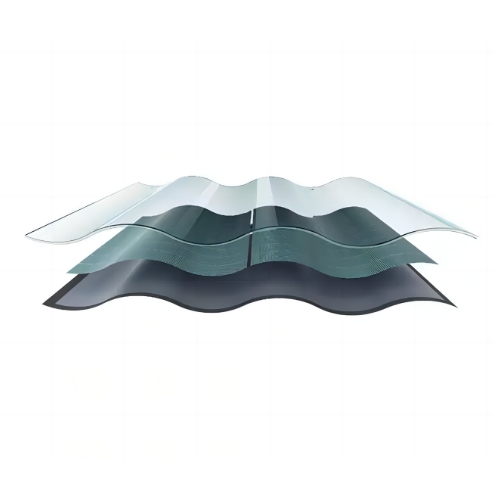
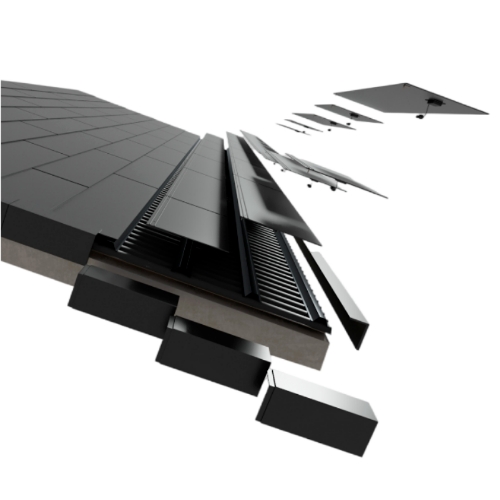
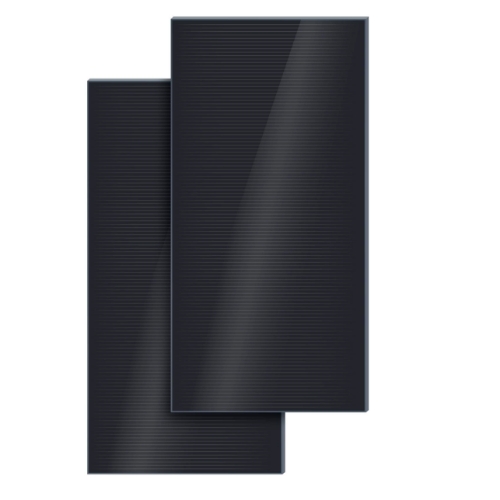
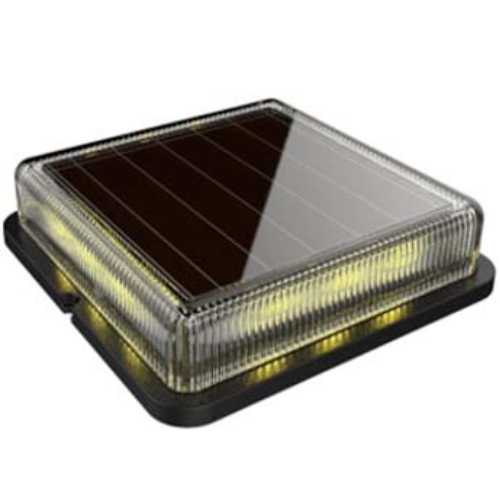
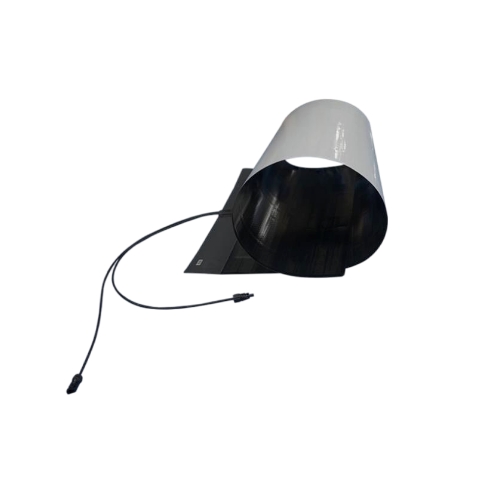
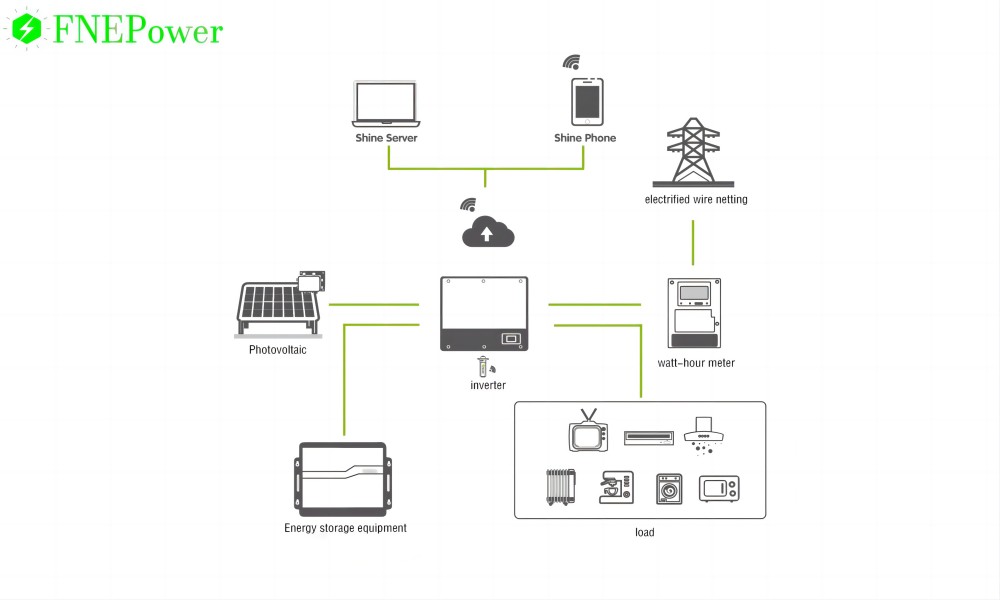
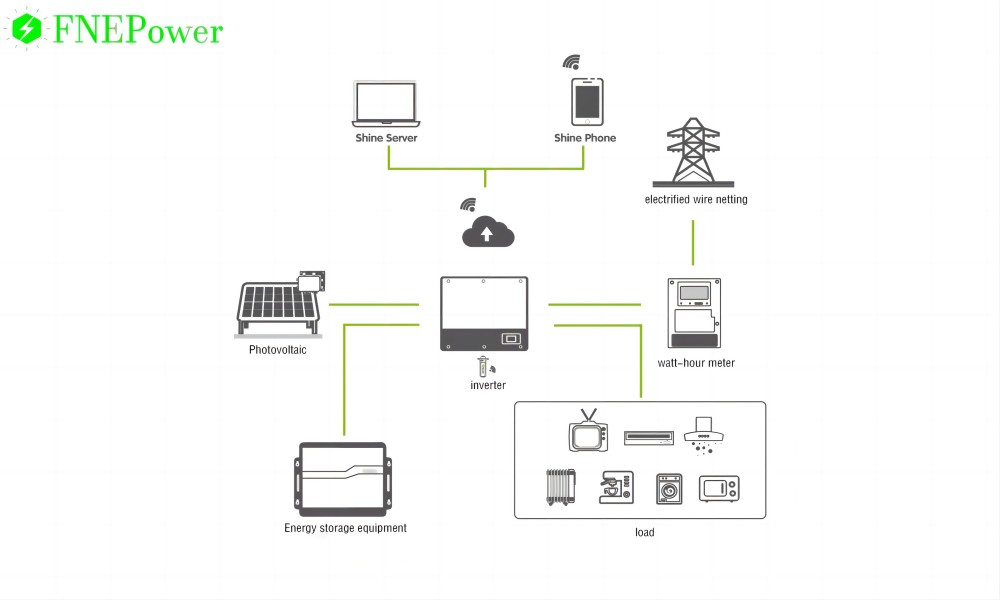

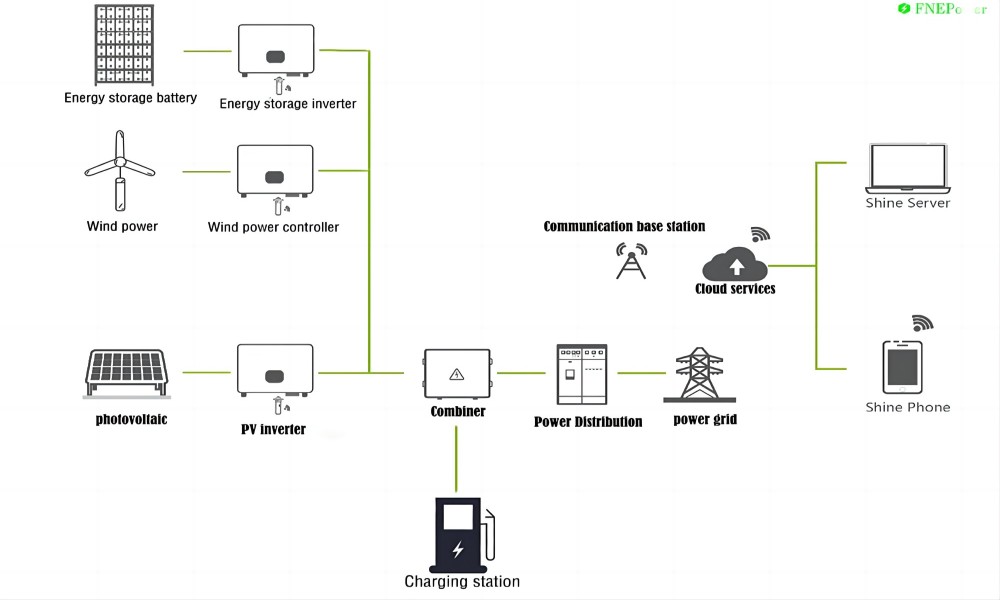




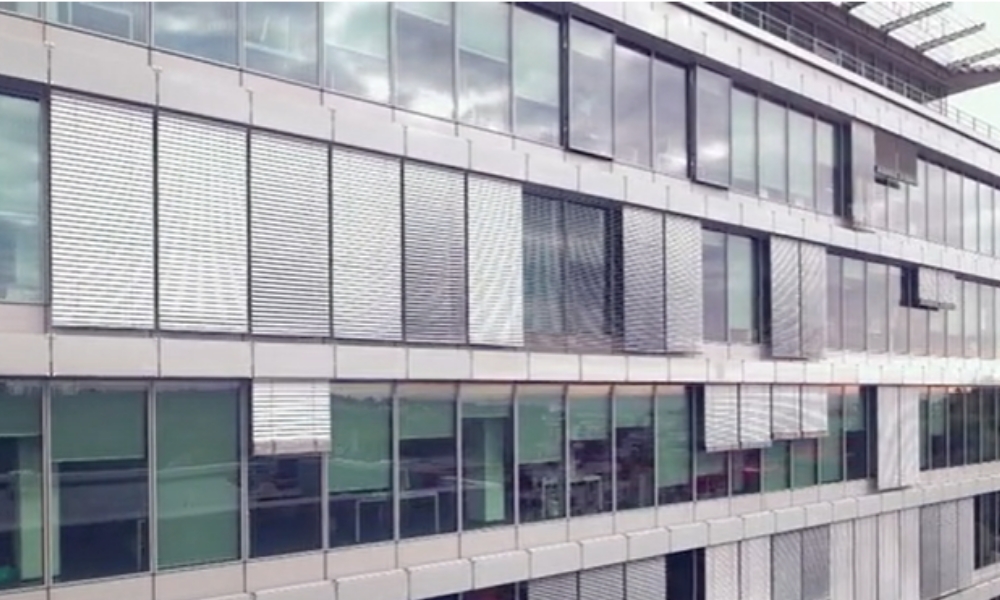
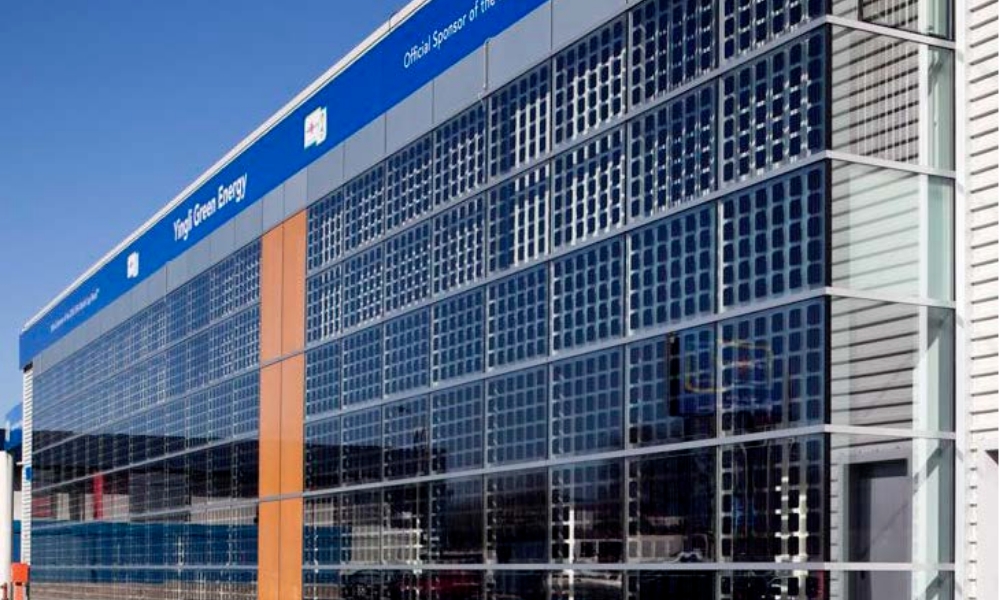
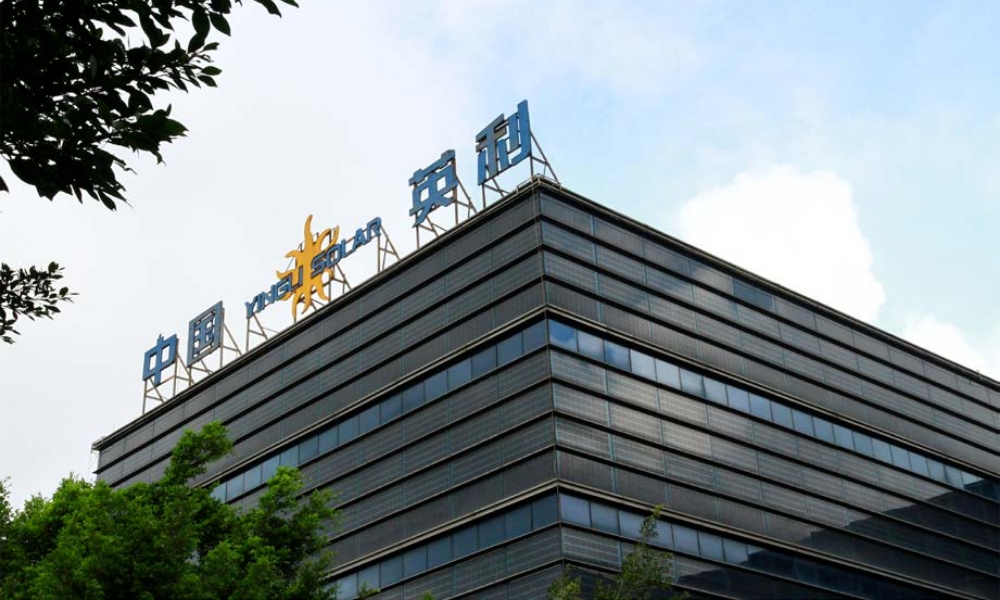
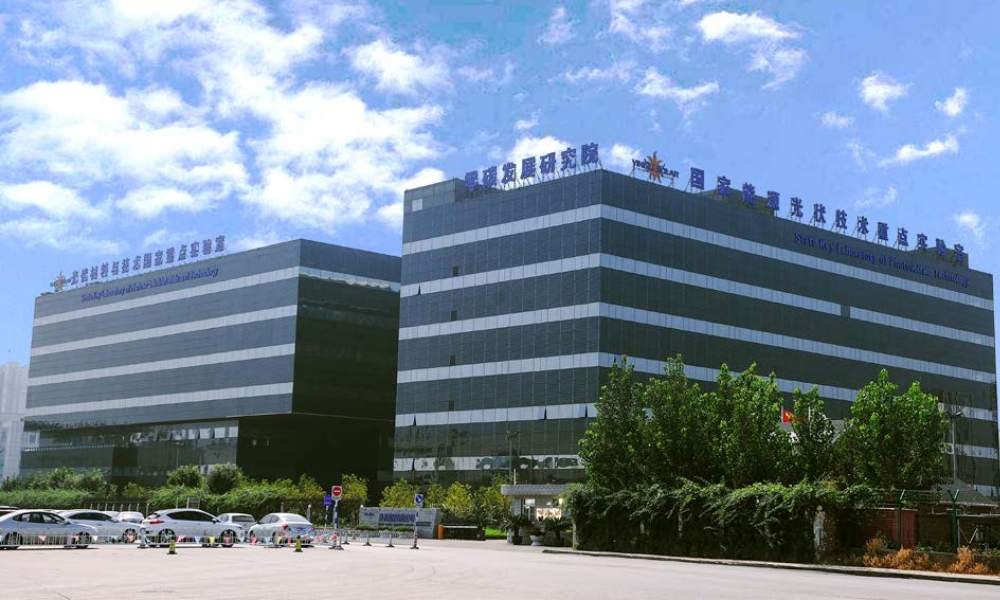
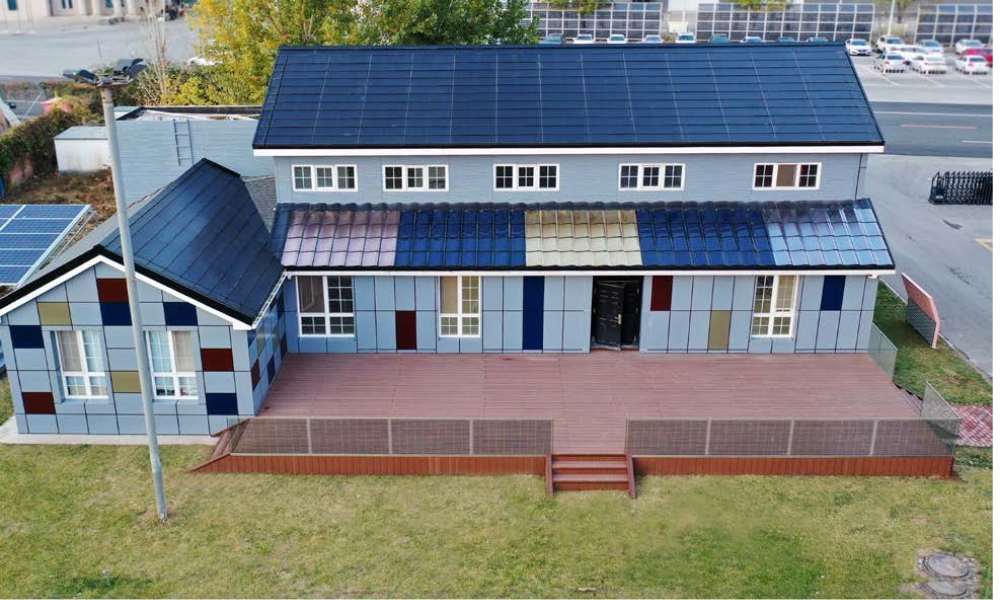
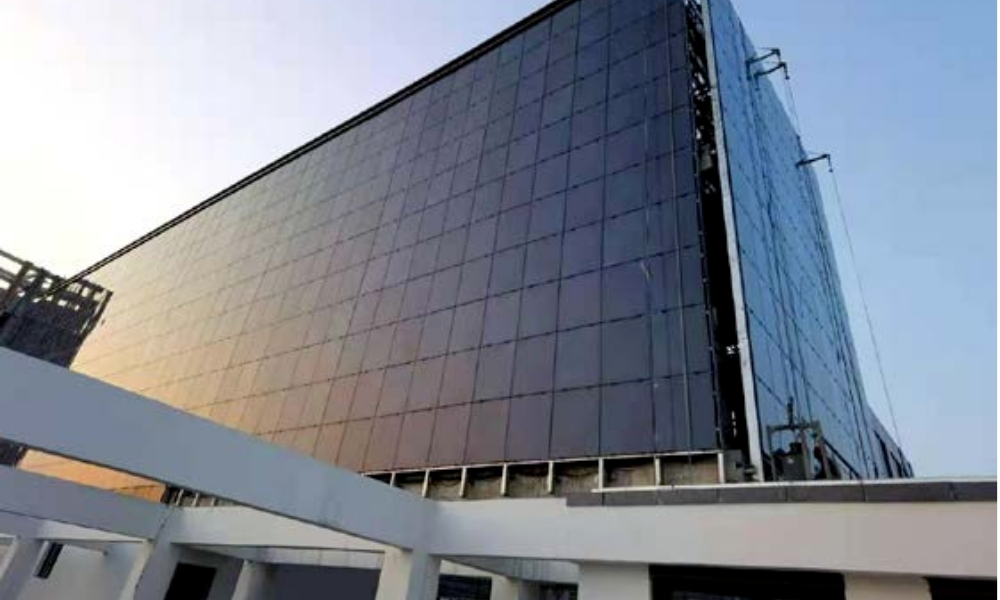





 返回列表
返回列表
